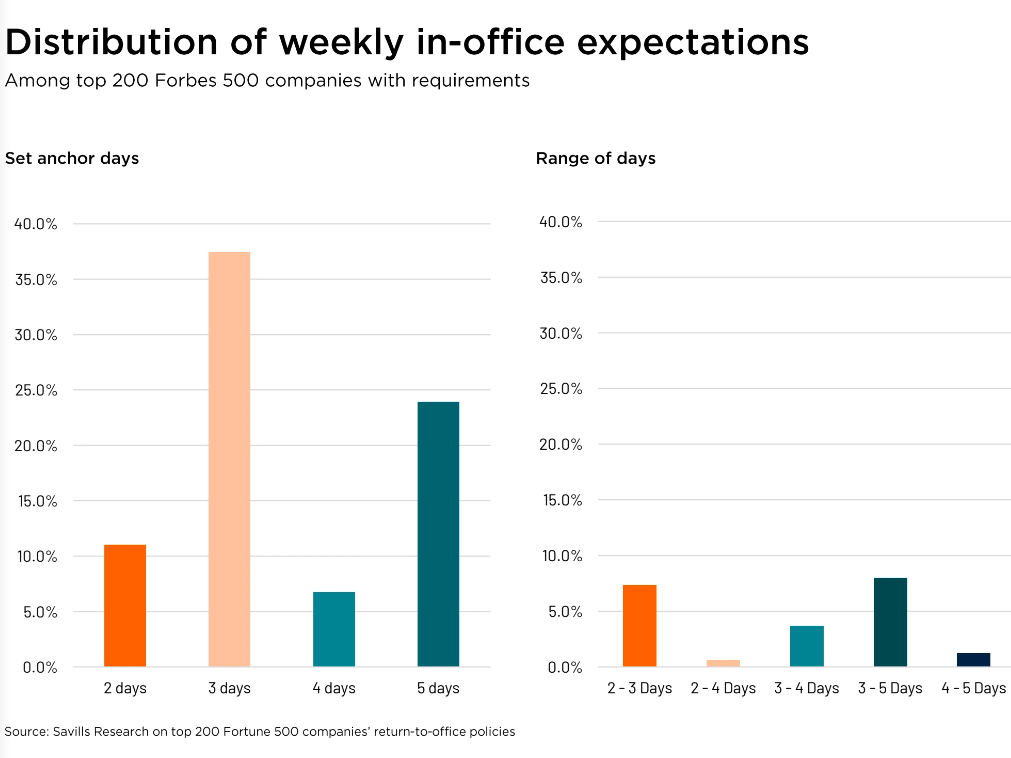REIT Column: Equity REITs Adopt ‘Build-Over-Buy’ Strategy
By Steven Marks, Head of U.S. REITs, Fitch Ratings: Why REITs are favoring development over acquisitions in 2016—and whether they should.
By Steven Marks, Head of U.S. REITs, Fitch Ratings
 The drive for higher earnings is a constant for U.S. equity REITs, and this year is no different. However, earnings will come less from acquisitions and more from development. While this ‘build-over-buy’ approach began in earnest last year, it will pick up steam in 2016.
The drive for higher earnings is a constant for U.S. equity REITs, and this year is no different. However, earnings will come less from acquisitions and more from development. While this ‘build-over-buy’ approach began in earnest last year, it will pick up steam in 2016.
REITs are increasingly focusing on new development to drive earnings in the context of competitive acquisition market pricing. Strong property fundamentals and successful recent projects have also caused some companies to moderately increase their appetite for speculative development projects. Most management teams believe that building offers risk-adjusted returns superior to buying in the context of aggressive direct-market acquisition cap rates. While accretive, though, Fitch generally views later-cycle development as having execution and funding risks.
Issuers will retain access to low all-in-cost secured and unsecured debt, despite expectations of increasing short-term interest rates. The property transaction market remains robust, which should enable companies to fund growth initiatives and improve portfolio quality via asset sales. Equity issuance to fund acquisitions and development will be limited at best, given the NAV discount at which most REITs trade. Furthermore, the public unsecured bond market is increasingly distinguishing among issuers with respect to borrowing cost and access.
One facet of the U.S. REIT sector not likely to change to any degree in 2016 will be leverage. Proceeds from dispositions will likely be redeployed toward acquisitions, development or share repurchases, and equity issuance will be episodic. Any deleveraging will likely be organic.
REIT inaugural public bond offerings are also unlikely this year. There have been no REIT IPOs since March, and they are not likely to return until bond investors and issuers can resolve the change of control stalemate. Potential inaugural issuers unable or unwilling to access the public bond markets have obtained funding via other sources of unsecured capital, such as private placement bonds and the bank term loan market.







You must be logged in to post a comment.